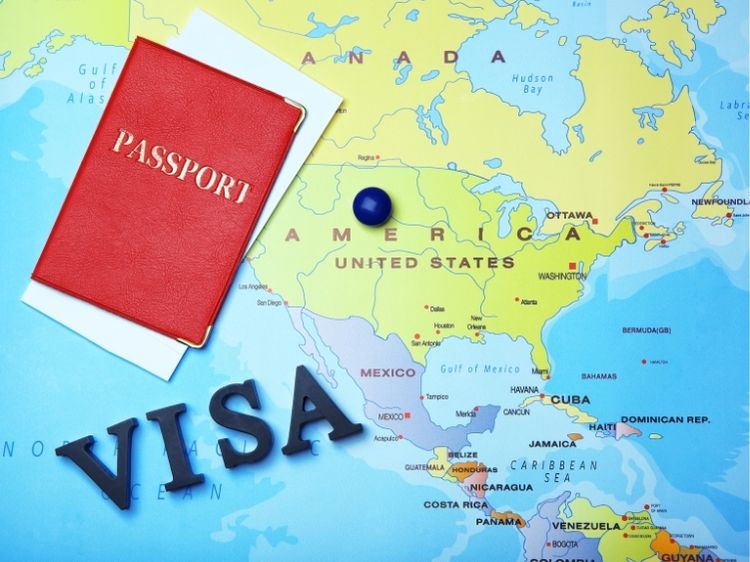Planning a trip sounds thrilling, doesn’t it? But hold on—before you start packing your bags, have you checked the latest travel advisory updates? Whether you’re jetting off to a tropical paradise or exploring bustling cityscapes, knowing what’s happening at your destination can save you from unexpected hiccups. From health risks to political unrest, travel advisories are your go-to resource for staying safe on the go.
In this article, we’ll break down everything you need to know about travel advisories. We’ll discuss how they work, why they’re important, and how to prepare for a trip armed with the right information. Let’s dive in!
What Is a Travel Advisory?
A travel advisory is a government-issued alert that informs travelers about potential risks at specific destinations. These warnings can range from mild concerns, like transportation strikes, to severe issues, such as natural disasters or outbreaks of disease.
Common Categories in Travel Advisories:
- Health Risks: Outbreaks of illnesses such as malaria, Zika, or COVID-19.
- Natural Disasters: Earthquakes, hurricanes, or wildfires.
- Political Instability: Civil unrest, protests, or war zones.
- Crime Rates: High levels of theft, fraud, or violent crime.
- Transportation Issues: Airline strikes or unsafe travel routes.
These advisories are usually color-coded or rated on a scale, such as “exercise normal precautions” to “do not travel.”
Why Are Travel Advisories Important?
Here’s the deal: Ignoring a travel advisory can put your trip—and safety—at risk. Let’s face it, nobody wants their dream vacation turning into a nightmare. Travel advisories give you the heads-up you need to avoid dangerous situations and make informed decisions.
Benefits of Staying Updated on Travel Advisories:
- Avoiding Risky Areas: Save yourself from trouble by steering clear of places flagged as unsafe.
- Planning Better Routes: Adjust your travel plans based on reliable information.
- Health Preparedness: Stay on top of necessary vaccinations or medications.
- Cost Savings: Avoid unexpected cancellations or emergencies that could break the bank.
How to Check Travel Advisories
Now that you know what travel advisories are, how do you access them? It’s easier than you think! Most governments maintain online portals where they post the latest updates. Let’s look at some trusted sources:
Top Resources for Travel Advisories:
- U.S. Department of State: travel.state.gov
- UK Foreign, Commonwealth & Development Office (FCDO): gov.uk/foreign-travel-advice
- World Health Organization (WHO): who.int
- Centers for Disease Control and Prevention (CDC): cdc.gov/travel
- Australian Department of Foreign Affairs and Trade: smartraveller.gov.au
Pro Tip: Bookmark these websites so you can check them quickly before every trip!
How to Interpret Travel Advisories
Travel advisories often come with different levels of warnings. Don’t panic if your destination shows up on the list! Understanding the levels of risk can help you decide whether it’s safe to travel or not.
Travel Advisory Levels (Example from the U.S. State Department):
- Level 1: Exercise normal precautions.
- Level 2: Exercise increased caution.
- Level 3: Reconsider travel.
- Level 4: Do not travel.
Each level includes detailed explanations of potential risks. For example, a Level 2 advisory may warn about pickpocketing in tourist-heavy areas, while a Level 4 advisory might highlight an ongoing conflict.
How to Prepare for a Trip Despite Travel Warnings
Alright, so you’ve spotted a travel advisory for your destination. Should you cancel your trip? Not necessarily. With the right prep, you can still enjoy your travels while staying cautious.
Practical Tips for Traveling During a Travel Advisory:
- Stay Informed: Keep checking updates regularly.
- Pack Smart: Bring necessary items like first-aid kits, travel insurance, and emergency contacts.
- Register with Your Embassy: Let your country’s embassy know where you’re headed.
- Travel Insurance: Opt for policies covering medical emergencies and trip cancellations.
- Avoid High-Risk Areas: Stick to safe zones and avoid trouble spots.
Frequently Asked Questions About Travel Advisories
What should I do if there’s a travel advisory after I’ve booked my trip?
First, don’t panic. Check the specifics of the advisory. If it’s a minor concern, adjust your plans accordingly. For major risks, contact your airline or travel agency to explore rescheduling options.
Can I get a refund if I cancel my trip due to a travel advisory?
It depends on your booking policies and travel insurance. Many insurance plans cover cancellations if your destination becomes unsafe.
Are travel advisories always accurate?
While they’re based on the latest information, situations can change rapidly. Keep monitoring updates until your departure date.
Do travel advisories apply to all travelers equally?
Not always. Certain groups, such as solo female travelers or LGBTQ+ individuals, might face unique risks in specific destinations. Read the advisory carefully for tailored guidance.
Final Checklist Before You Travel
To make sure you’re ready for your trip, here’s a handy checklist based on travel advisory guidelines:
- Check Advisory Levels for your destination.
- Review Vaccination Requirements and health tips.
- Secure Travel Insurance for emergencies.
- Download Emergency Contact Numbers for your country’s embassy.
- Avoid High-Risk Zones flagged in the advisory.
- Stay Flexible in case you need to change plans.
Conclusion: Travel Smart, Stay Safe
A travel advisory doesn’t mean you should cancel all your plans and stay home. Think of it as a roadmap to safer and smarter travel. By staying informed and prepared, you can navigate challenges and make the most of your journey.
So, the next time you plan a trip, make checking the latest travel advisory your first step. After all, your safety and peace of mind are worth the extra effort!
Authoritative Links:
- U.S. Department of State: travel.state.gov
- CDC Travel Health Notices: cdc.gov/travel
- World Health Organization Travel Advice: who.int
- UK Foreign Travel Advice: gov.uk/foreign-travel-advice
- Australian Smartraveller: smartraveller.gov.au



